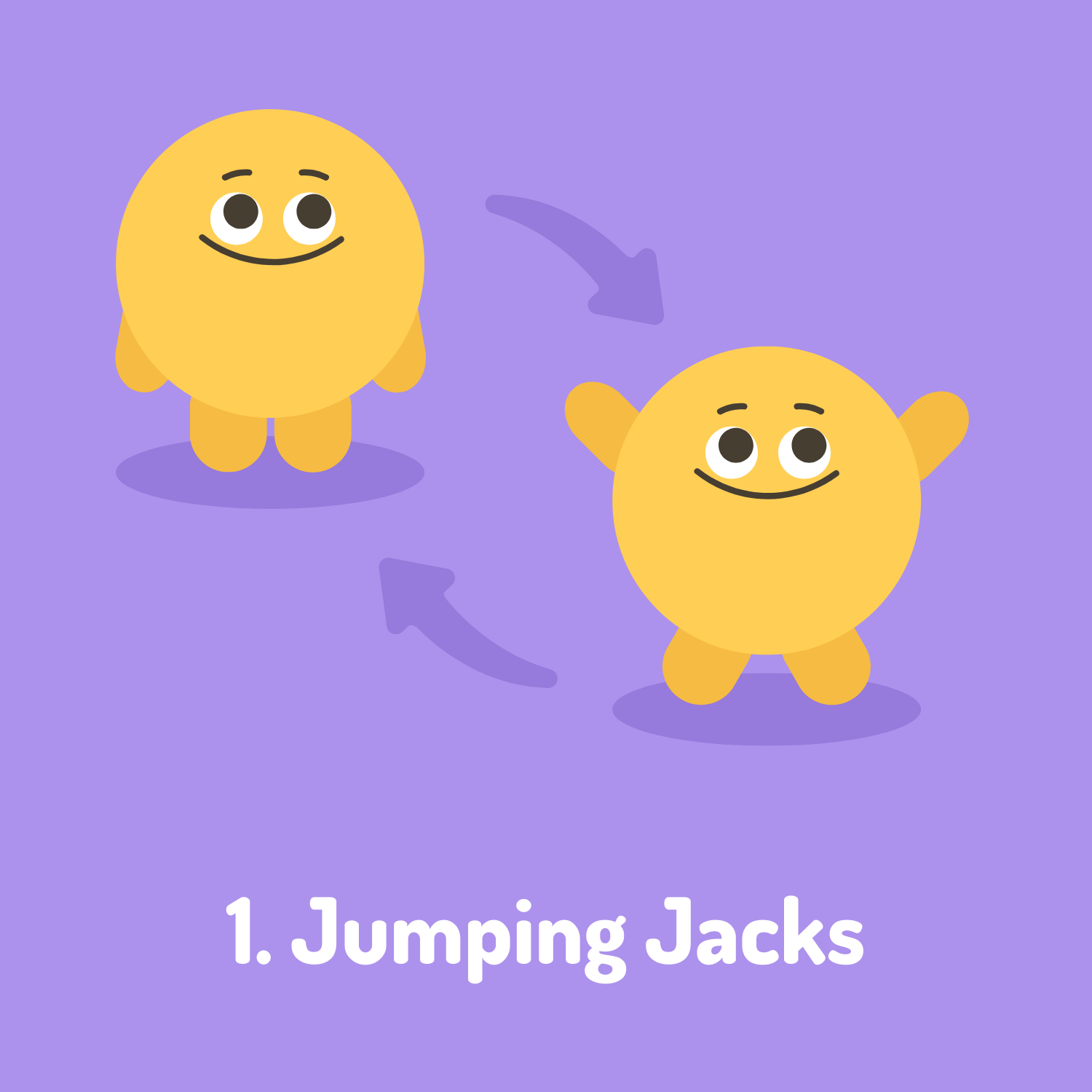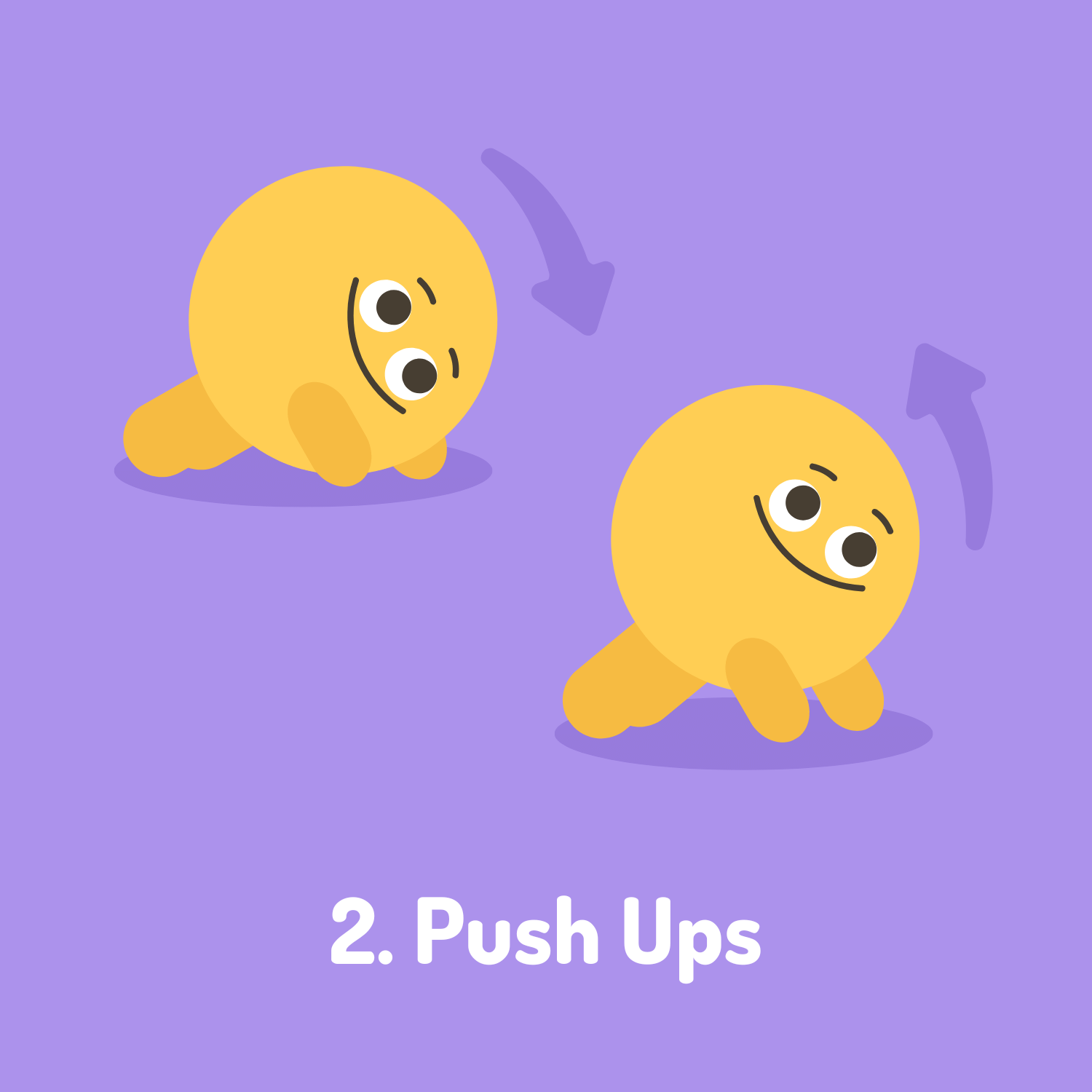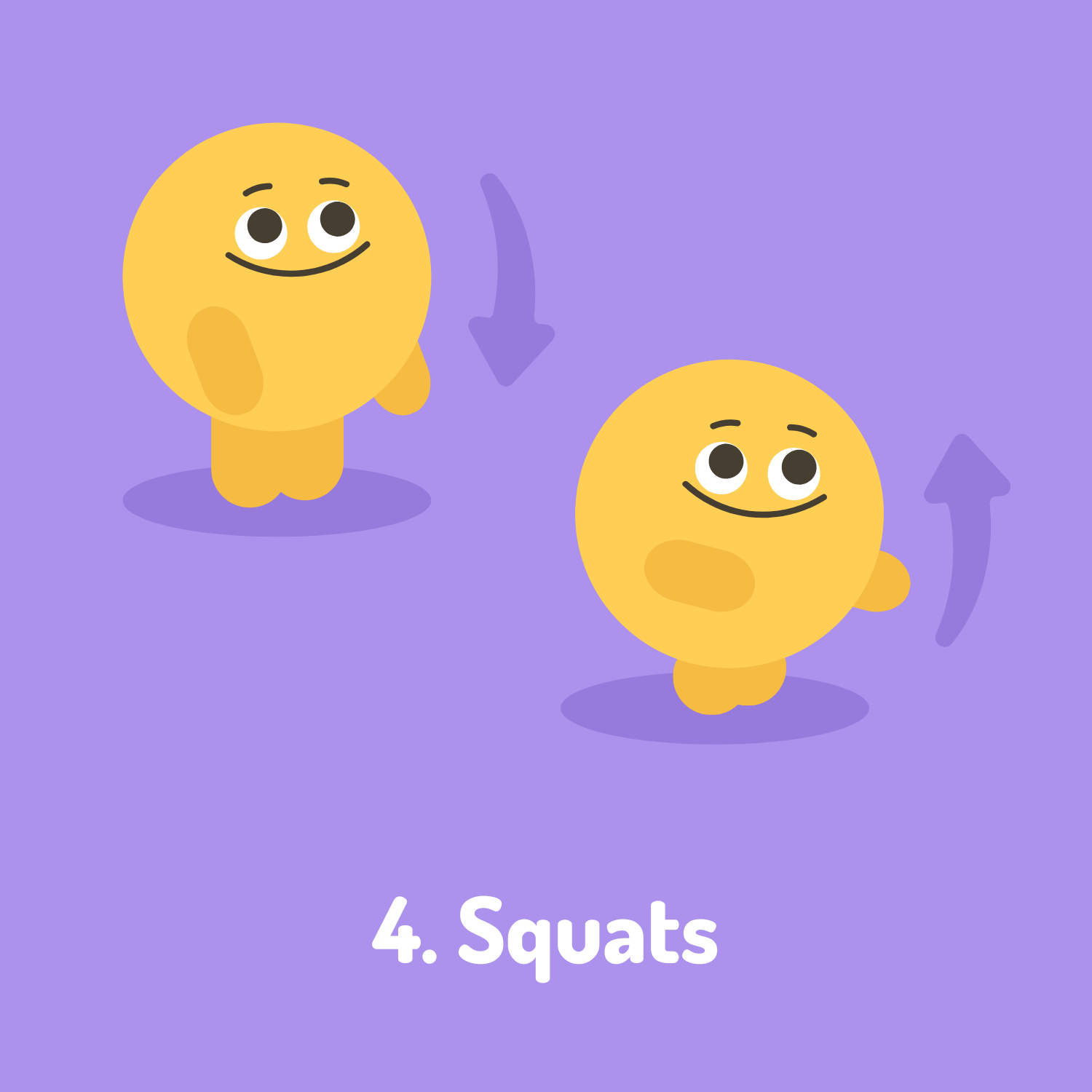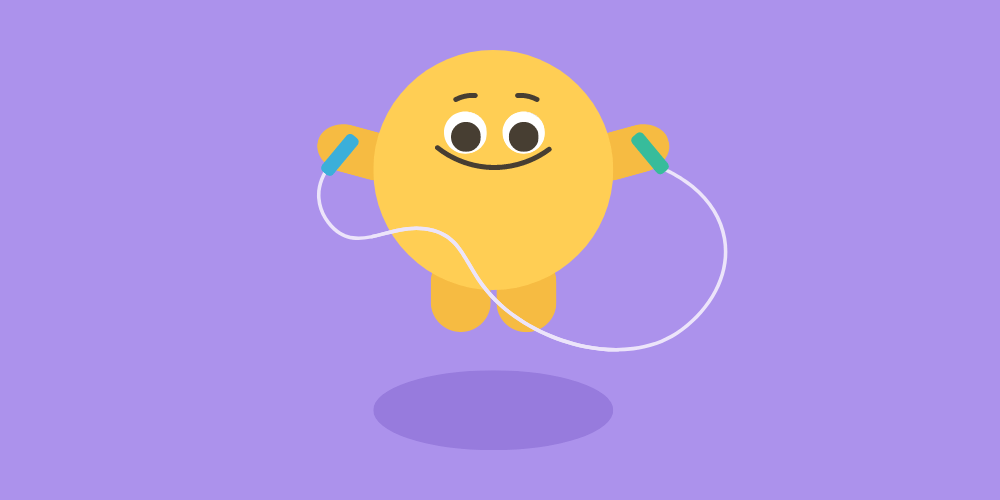
In certain locations, people enjoy a significantly longer and healthier life than the average population. Researchers circled these areas on the map with a blue marker, ultimately deeming them "blue zones." Instead of trying to understand why the rest of the world falls behind, they studied what blue zone inhabitants do differently. Studying the best rather than the average reveals the right factors contributing to longevity and individual health span.
The first factor is physical activity. In our modern world, life has become convenient and encourages a sedentary lifestyle. Some areas have no sidewalks, and walking is considered suspicious. Sitting has become the new smoking. To counteract this trend, you can engage in physical activity, be it a formal exercise or simply by intentionally inconveniencing yourself. Research shows that one hour of movement daily cuts mortality risk by half. Another study demonstrates that 30 minutes of aerobic exercise three times a week has the same effects as the most potent psychiatric medication.
If you are in a bad mood, go for a walk. If you are still in a bad mood, go for another walk.
— Hippocrates

Among numerous forms of physical exercise, one stands out in terms of investment versus rewards. It is more efficient and has a more positive impact than any other form of physical activity. It enjoys the benefits of steady aerobic exercise and weightlifting because it helps you burn fat three times faster and build muscles. It has been proven to have the same impact as spending five times longer performing a steady aerobic exercise, such as running or cycling. It consists of short but very intense exercises with brief recovery periods. This kind of exercise is called high-intensity interval training.
HIIT is a form of physical exercise that helps you get maximum results in minimum time.
Benefits
The benefits of HIIT go beyond efficiency:
- Weight loss
- Improved fitness levels (VO2 max)
- Mental and physical toughness
- More energy
- Better mood
- Lower likelihood of diabetes
- Slowed or even reversed aging processes
How it works
The intense exercise increases your heart rate, while the recovery period slows it down. Your autonomic nervous system is instructed to repeatedly floor your gas and brake pedal within a short time, which leads to a variation in the interval between the heartbeats. This variation is known as heart rate variability (HRV)—one of the best physical and mental health indicators.
Your HRV reflects your ability to adapt to the immediate environment. The higher the value, the better you can adapt. Your HRV may decrease as you age, but engaging in HIIT can slow down or reverse some aging effects.
During recovery after HIIT, your body consumes oxygen to recover muscles to their pre-workout level. Calories and fat continue to be burned during recovery for the next 24 hours.
Intense exercise causes a stress response, which triggers an even greater restorative process.
After recovery, you will become physiologically and mentally stronger than you were before the workout. This process is known as super-compensation. Ideally, you carry out your next HIIT right after you recover so that you keep growing.

Action steps
HIIT does not have to be limited to a single exercise. You can perform several exercises in a circuit to train the muscles of your entire body. You can complete the following Happy Circuit without any equipment. Also, you can aim for two or three times a week, but you must build up slowly.
- Warm-up. Before you begin, it is essential to warm up to prepare your body for intense exercise. You can perform dynamic stretching or run in place for a few minutes.
- HIIT it. The Happy Circuit consists of nine exercises, each lasting 30 seconds, with a one-minute recovery in between. You can adjust the intervals to match your fitness level. Please refer to the exercise illustration.









- Cooldown. After finishing the workout, it is essential to cool down your body. It is recommended to perform passive stretching to help your muscles get rid of the lactic acid and support recovery. Choose the muscles you challenged during your workout and perform a series of passive stretches for about 30–90 seconds while breathing deeply and trying to relax. Stretching must not hurt, so do not push too much.
Happy Circuit includes relatively simple movements and hence is suitable for beginners. As you advance, introduce more rigorous exercises to your routine that challenge your muscles and coordination. Adjusting the routine occasionally will also prevent you from stagnating and ensure your muscles grow in balance.
The challenge with HIIT
After experimenting with HIIT, you will discover that such an intense workout may feel uncomfortable. Sore muscles and being out of breath make this kind of workout less enjoyable than regular aerobic exercises. However, you can spice up the hard work with fun, for example, listening to workout music during exercise, exercising in nature, or exercising with others. Friends who HIIT together stay together. There is no doubt that HIIT is beneficial. The only question is, how can you add fun to it?

Alternative: Inconvenience yourself
Whether or not you stick with HIIT, you can always introduce informal physical activity during the day. Here are some ideas to consider:
- Stand up every half an hour, even if you take just a few steps.
- Park your car in the parking spot that is further away.
- Ride a bicycle to work or the grocery store if feasible.
- Leave the tram or bus one stop earlier and take a walk.
- Choose to hike with friends instead of going to the cinema.
- Avoid elevators and take the stairs instead.
- Use the remote control remotely—keep it next to the TV.
Now or never
For the next two weeks, perform a HIIT every three days. On rest days, rest or engage in stretching exercises. Create a reminder.


